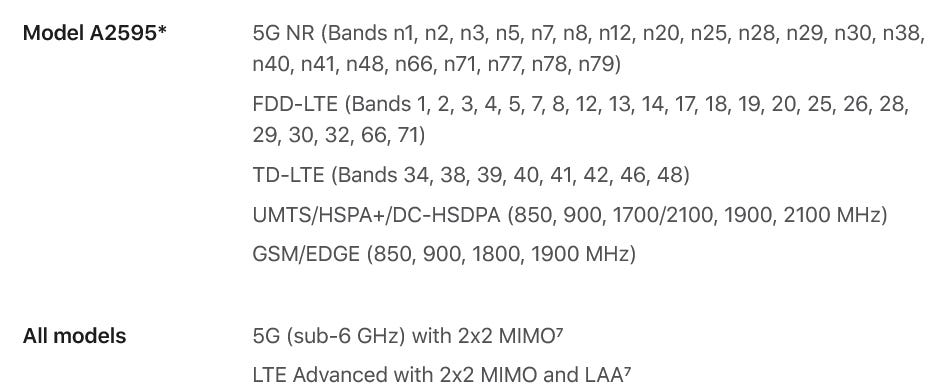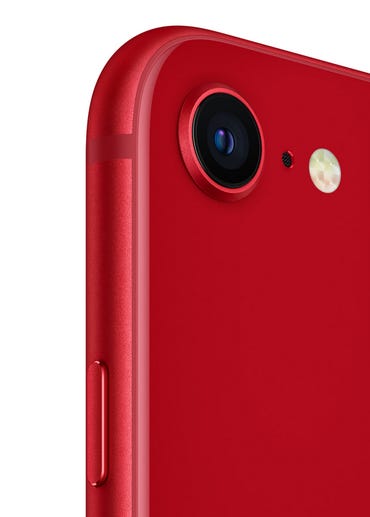New iPhone SE doesn’t support 5G mmWave bands, and that’s okay | ZDNet
Screenshot: Apple
Yesterday Apple unveiled a new and improved iPhone SE, which touts an upgraded A15 Bionic chip, longer-lasting battery life, and 5G support, among other features. By integrating 5G bands into the $429 handset, the iPhone SE is now the most affordable and accessible Apple product that supports the next-gen network. That means blazing-fast download speeds, lag-free gaming, and “more fun,” according to Apple’s marketing.
Not so fast
Sifting through the iPhone SE’s spec sheet, it appears that while the new iPhone supports sub-6 GHz 5G, it doesn’t support any mmWave bands. For the unacquainted, 5G networks fall under two umbrellas: sub-6 GHz (low and mid-band) and mmWave (high-band).

Image: Apple
More: What is 5G? ZDNet’s guide to the fifth-generation network
With sub-6 GHz, smartphones can access download speeds that are mere seconds faster than on 4G LTE, which isn’t as ultra-fast as TV commercials and carrier ads make 5G out to be. Millimeter-wave (or mmWave) is what you really want. mmWave — which played a role in Apple’s 2020 “5G just got real” campaign — can reach gigabit download speeds and allow for high-definition streaming and gaming on the go. The newest iPhone SE will not have this high-band network support.
For many, that’s not a problem
As backward as it sounds, not having mmWave support may be more of a blessing than a curse. See, the deployment of 5G remains a challenge within the US, with companies like T-Mobile and Qualcomm experiencing delays due to COVID-19. It certainly doesn’t help that some believe that 5G cell towers are linked to spreading the virus and, in response, burn local antennas down.

Image: Apple
More importantly, as ultra-fast as mmWave is, it’s also ultra-sensitive. In order to use the higher frequency, you have to be within one block from a 5G tower, with no trees, poles, or walls standing in between. This sensitivity makes the deployment of mmWave antennas much more practical within dense locations, like airports and sports stadiums, than in rural neighborhoods. That said, even if the iPhone SE had mmWave support, you likely won’t be able to take full advantage of the high-band network — yet.
Ultimately, the lack of mmWave bands benefits you, the end consumer, to an extent. By integrating high-band 5G, manufacturers must design their products to house the necessary network antennas. This typically comes in the form of accented lines around the edges of a phone or tablet (see the picture on the right).
While subtle, the extra hardware gives carriers, like Verizon and AT&T, a reason to charge you more money. Just see the latest
Google Pixel 6
, which retailed for $599 unlocked, but was sold for
$699 at Verizon
. The explanation? mmWave band support.
More: Is it time to future-proof your smartphone with 5G?
Less 5G is more savings
By recycling the iPhone 6 design, Apple has managed to save on parts with the iPhone SE yet again. Even with sub-6 GHz 5G support, an upgraded A15 processor, and improved camera performance, the company is only charging $30 more than its two-year-old predecessor.
Who knows whether Apple or carriers would’ve charged more if the device had mmWave 5G support. What’s certain is that consumers now have a new iPhone option that offers all the essentials for significantly less. And for many, that iPhone may be just enough.
For all the latest Technology News Click Here
For the latest news and updates, follow us on Google News.
